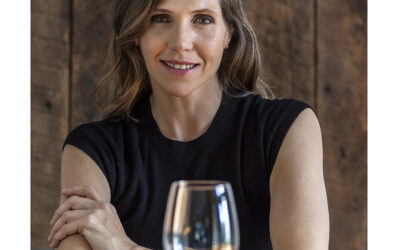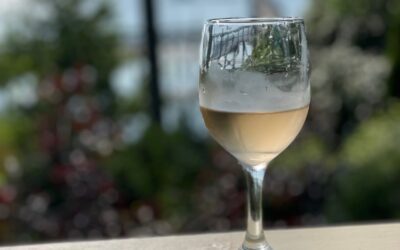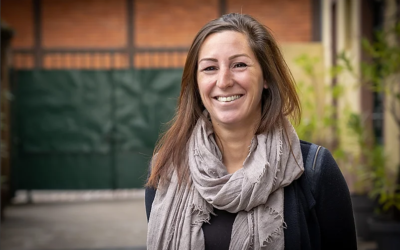Back in August of 2020, in the midst of the pandemic I was fortunate enough, as a French citizen /LA transplant, to be able to take a trip to France and go visit Champagne for a few days.
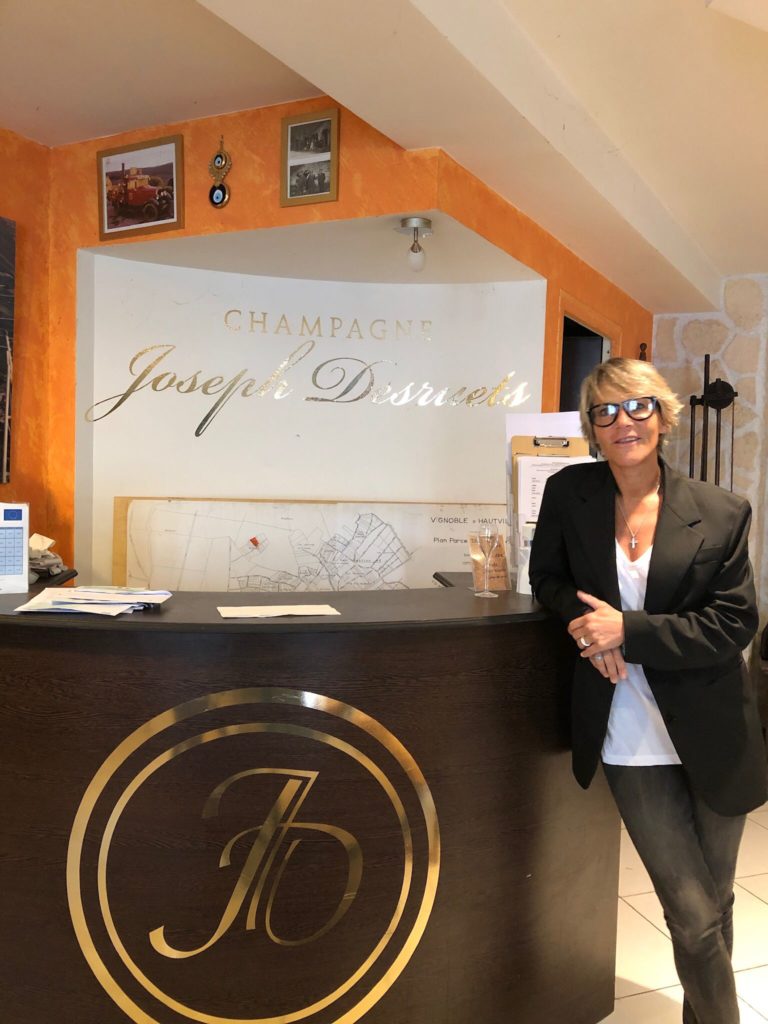
During that time to boost tourism, the Reims Tourism office launched a brilliant promo campaign giving away some 3,000 bottles of Champagne to tourists who could provide proof of a two-night stay at a hotel in the Champagne region, a receipt from a local restaurant (excluding fast-foods) and finally proof that they have paid for one leisure activity (a winery visit etc).
Having stayed for 3 days, I effortlessly met all the criteria and merely went on to pick up my complimentary bottle of champagne. Worth noting is the fact that the 3,000 bottles were sourced from 68 different producers among which featured Champagne Joseph Desruets.
Needless to say, it was love at first sip! By far the highlight of my trip as I got to discover a small grower-producer making fantastic champagnes. The bottle I got was the M&T I – Cuvée Signature (50% Pinot Noir, 30% Chardonnay, 20 % Meunier), a generous expression of the exceptional terroir that is Hautvillers (the cradle of Champagne).
Naturally, when I planned my second trip to Champagne earlier this month (July 2021), I made it a point to go visit their cellar.Located in Hautviller, the Champagne house Joseph Desruets, passes on its know-how through the generations.
It was such a pleasure to meet Sabine who runs the administrative side of the Maison. She is shouldered by her husband Matthias Desruets and brother-in-law Thomas Kim Eun Desruets – the sixth generation maintaining the tradition. Born in Seoul and adopted by François Desruets, they received their apprenticeship in the art of vine and wine in the Lycée Viticole de la Champagne, and in the family cellar.
When Sabine agreed to do an interview for The Bubbly Files, Anne and I were so thrilled.
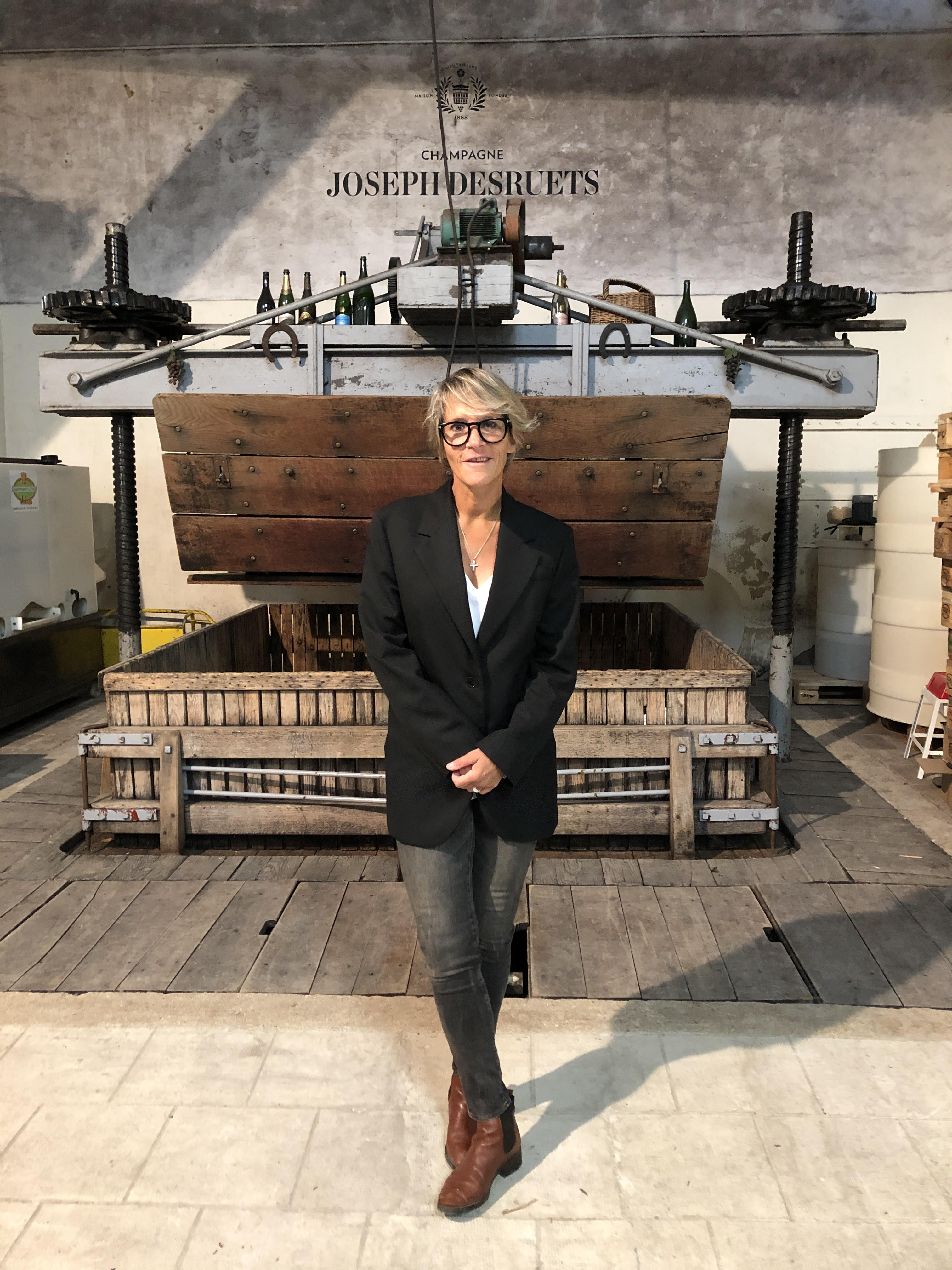
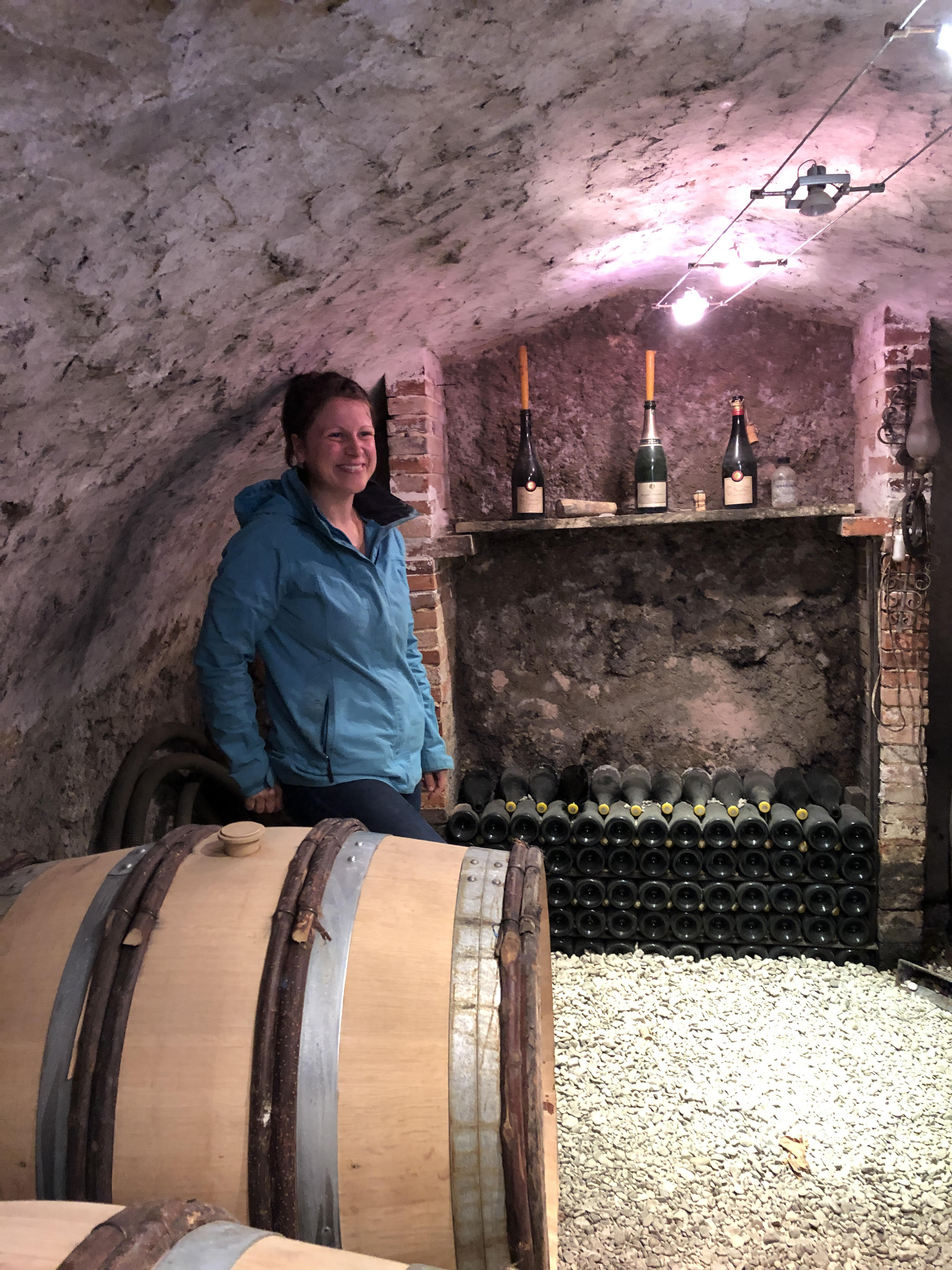
Sabine hones her craft to a T, and was indeed an outstanding host. It was by far one of the best winery visits of my trip – certainly outshining some of the Major Maisons.
Her hospitality, charming personality, passion, commitment and expertise made the visit spectacularly unforgettable. From the cultivation of the vine in organic farming to the production of champagne, the House makes its work bear fruit with passion and tenacity. The last generation continues to press its grapes in an ancestral way using indigenous yeasts* from their grapes. (see below for an explanation as to why this is important!)
All of their wines will have spontaneous fermentation on their domain because no selected yeast will be added. Consequently, this particularity allows the identity of the terroir to be revealed and thus to perpetuate the atypical taste of Desruets champagne
It’s no surprise, they’re collecting awards from around the world.Their Cuvée “Coeur de Pinots” earned the silver medal, scoring 91/100 at the Decanter World Wine Awards.Also, their Cuvée Reserve snatched a golden medal in the « concours mondial de Bruxelles », and a golden medal in the CWSA (China Wine and Spirits Awards).
I am thrilled to be able to meet Sabine again, albeit virtually, and talk about Champagne Joseph Desruets.With a terroir of exceptional wealth, a rich century-old expertise and traditional methods, the House Desruets have strived since the nineteenth century to produce the best champagnes.
If you’re ever in Hautvillers, you cannot honorably miss the chance to taste their exquisite champagnes! For now, watch the interview and find out a little more about the wonderful things going on at Champagne Joseph Desruets.
*The role of indigenous yeasts
Indigenous yeasts come into play during the first alcoholic fermentation. When the winemaker uses the yeasts naturally present in the grape berries; more precisely on the bloom (thin waxy layer covering the skin of the berry); it is said to work with indigenous yeasts. Therefore, they are called indigenous when they come from the natural environment and have not been added to grape juice after controlled reproduction. In the case of a selection of yeast strain and multiplication thereof, one then speaks of selected yeasts.

